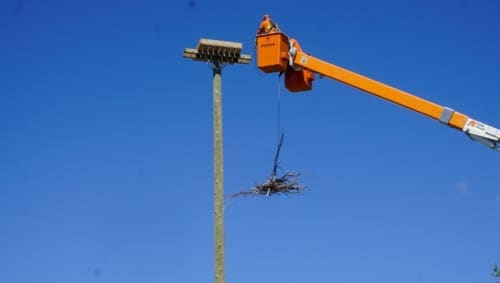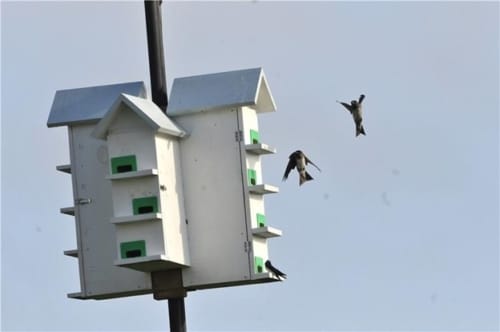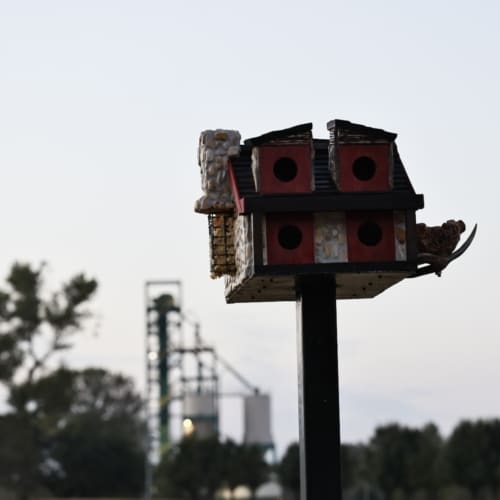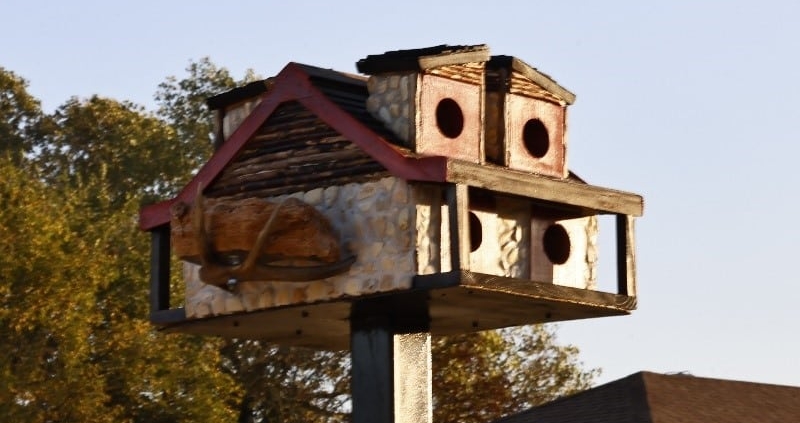Tandem Global Nesting Structure Challenge
“Keep a Green Tree in your heart and perhaps a singing bird will come.” The famous Chinese proverb displays the inspiration humans have drawn from our avian companions for millennia. Spanning from the majestic eagles to the iridescent hummingbirds, birds have been an important piece in the global puzzle of coexistence. Birds help us pollinate plants, keep pest populations in check that would otherwise spread disease, are the main dispersers of seeds, with some species storing upwards of 100,000 seeds each year. In addition, birds have been known to bring a sense of joy and happiness to individuals by not only their enchanting behavior but also their melodious songs.
In North America alone, overall bird populations have decreased by almost 3 billion since 1970, roughly 20%. The significant decline in bird populations is primarily driven by the loss of habitats resulting from the expansion of agriculture and urbanization. Habitat conservation efforts are the best approach to preserve our native bird populations and encourage population growth. One important approach is the conservation of existing habitats through the establishment of protected areas and wildlife reserves. Enhancing habitat connectivity by creating corridors between fragmented habitats can also help birds thrive. By connecting fragmented habitats, we can ensure birds have access to crucial resources during their annual nesting cycle. This promotes a steady rate of population maintenance and reduces stress on existing populations.
A great example of wildlife corridors is the Singaporean Eco-Link. This six-lane, ten-kilometer expressway cuts through two untouched nature reserves, creating an imposing barrier of concrete. In response to the rising number of annual roadkill casualties, including species that have not been sighted in years, the Singaporean Government took proactive measures. Their solution? Building an overpass corridor to reconnect the two nature reserves, ensuring the safety and preservation of local wildlife and commuters. Through conservation efforts like these, balancing the effects of urbanization and the preservation of wildlife becomes increasingly feasible.
Conservation efforts don’t always require a project as expansive as the Eco-Link corridor. You can impact the environment around you with more manageable yet effective initiatives. With conservancy in mind, Tandem Global presented an artificial nesting structure challenge, which was answered by ten companies with truly unique efforts. The winners of this challenge were categorized into four separate groups: Best Raptor Structure, Best Songbird Structure, Best Other Structure, and finally, Best New Build. We’d like to thank all participants for their submissions, all entries showed successful initiatives in adding nesting locations for local bird populations.
Best Raptor Structure – Ontario Power Generation Inc.
Belonging to the order Falconiformes, raptor birds, also known as birds of prey, are a remarkable group of birds that are characterized by their sharp talons, hooked beaks, and keen eyesight. Raptors include eagles, hawks, falcons, ospreys, and vultures. Generally carnivorous, raptors are known for their impressive hunting skills and are at the top of the food chain in their ecosystems.

In Johnstown, Ontario, Ontario Power Generations Inc., has created six artificial osprey nests across multiple company sites. With a lack of suitable trees and available nesting areas nearby, site staff noticed reoccurring nesting attempts on their stored cranes by local osprey. In response, the OPG’s Environmental Support Unit worked with site staff and Hydro One to create an artificial nesting structure for the osprey. The nest is secured to a 60 ft pine and hydro pole positioned approximately 50 feet from the water in a low-traffic area and built to be the highest point on-site, ensuring an optimal nesting environment. Predation concerns were addressed by designing the pole to a sufficient height and incorporating an overhang to deter ground predators.
Best Other Structure – Ontario Power Generation Inc.

Best Songbird Structure – Georgia-Pacific

Georgia-Pacific’s birdhouse project, around the Neenah Technology Center office building in Neenah, Wisconsin, is designed to create a welcoming environment for native Eastern Bluebird and Tree Swallow populations. The strategic placement of the birdhouses, in consultation with the Heckrodt Wetland Reserve Center, ensured species like Bluebirds and Tree Swallows have suitable nesting conditions. Situated across the NTC ground area, with careful attention to detail, from the minimum spacing between birdhouses to the height above the ground, a total of 12 birdhouses were assembled. Additionally, two birdhouses were modified with skylights to enhance their functionality and safety. Predator deterrent features, such as the absence of perching posts and conical baffles, were incorporated into each birdhouse design. By prioritizing the needs and habitat requirements of these bird species, the project aimed to support songbird settlement, thriving, and population growth in the surrounding open fields.
Best New Build – Covia Holdings LLC

Thank you to everyone who participated in Tandem Global’s Nesting Structure Challenge. Our members’ efforts display how conscious endeavors towards the environment can make a difference, no matter the scale.


